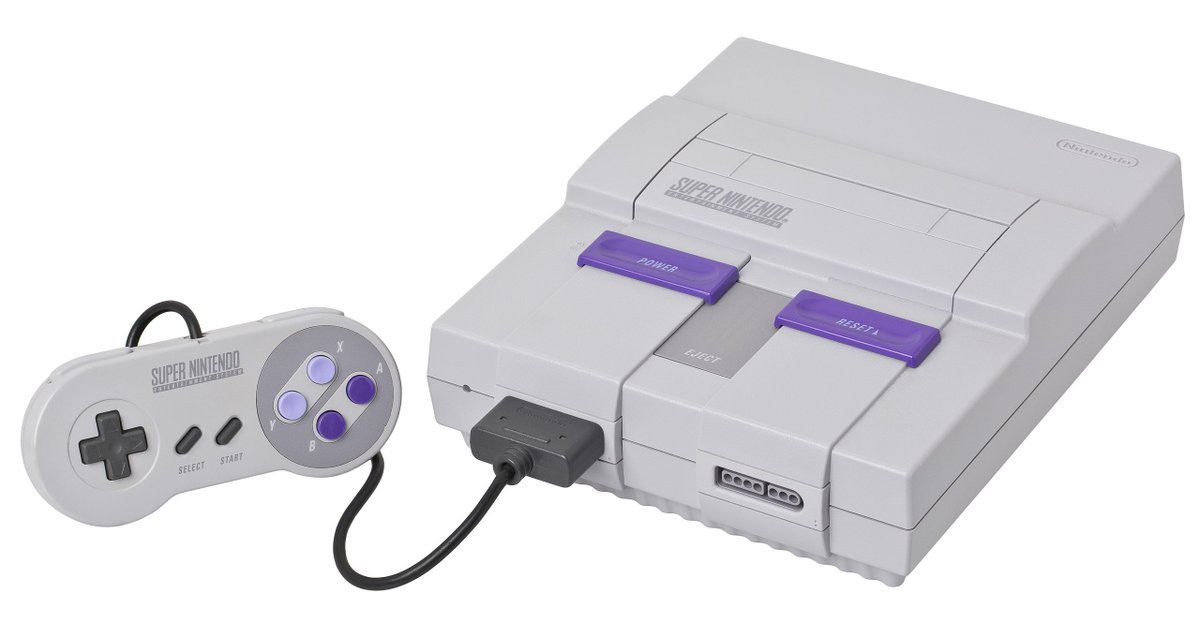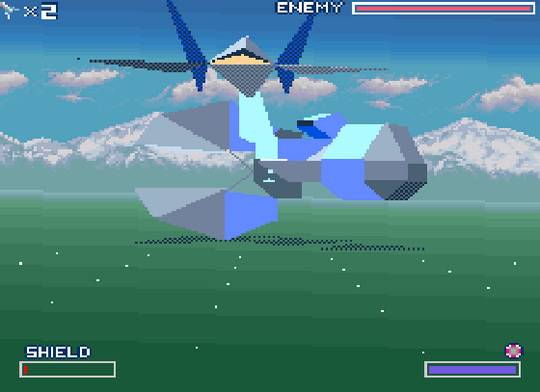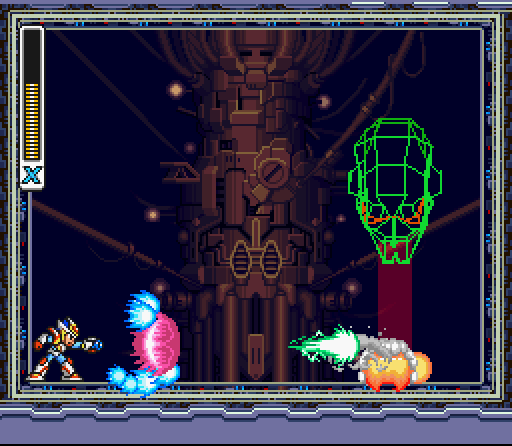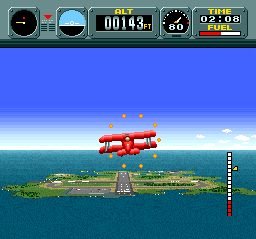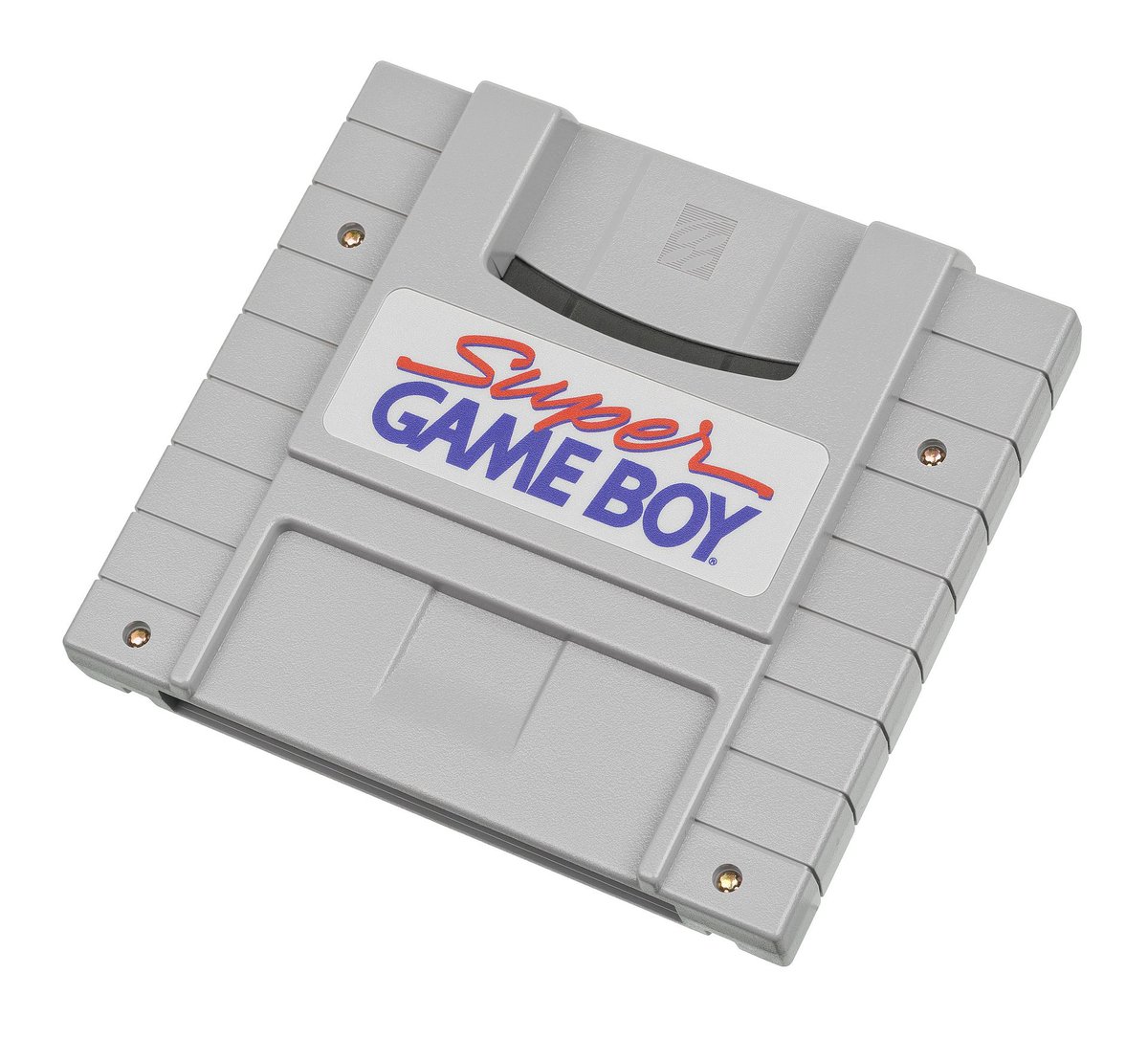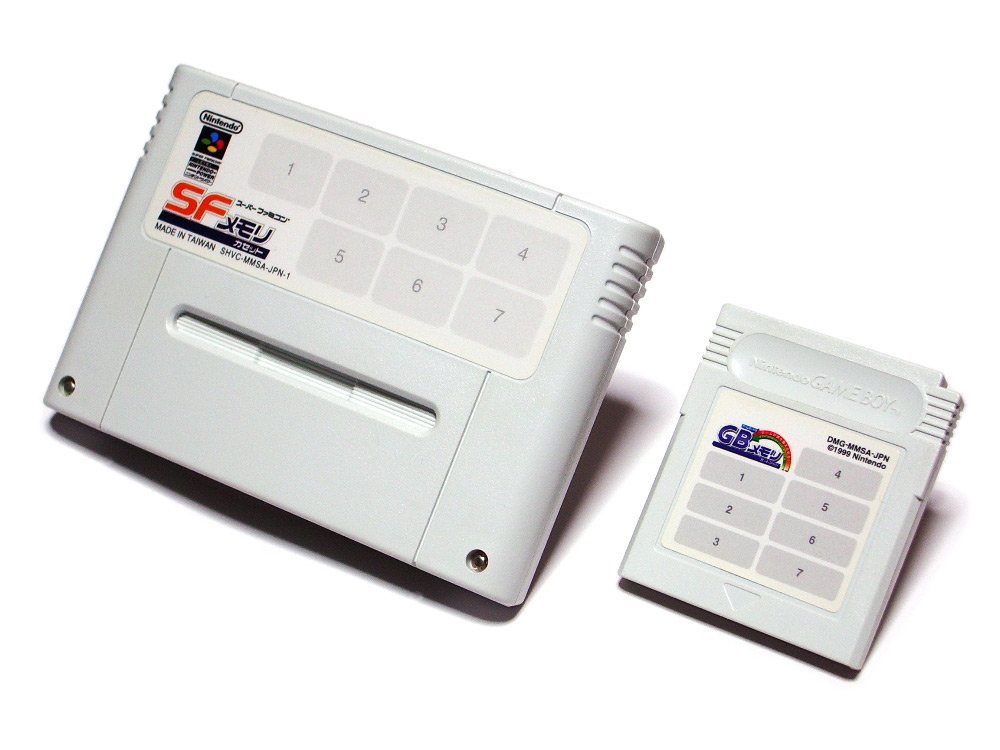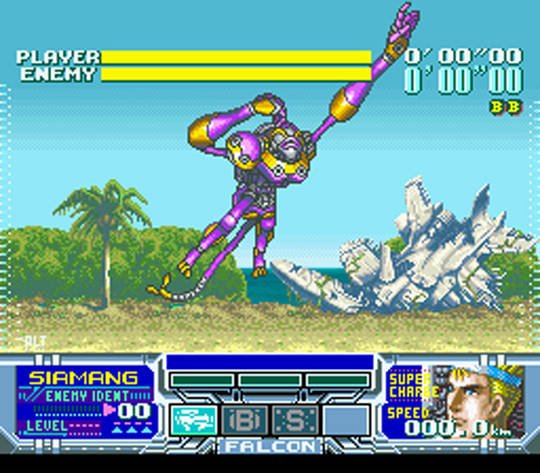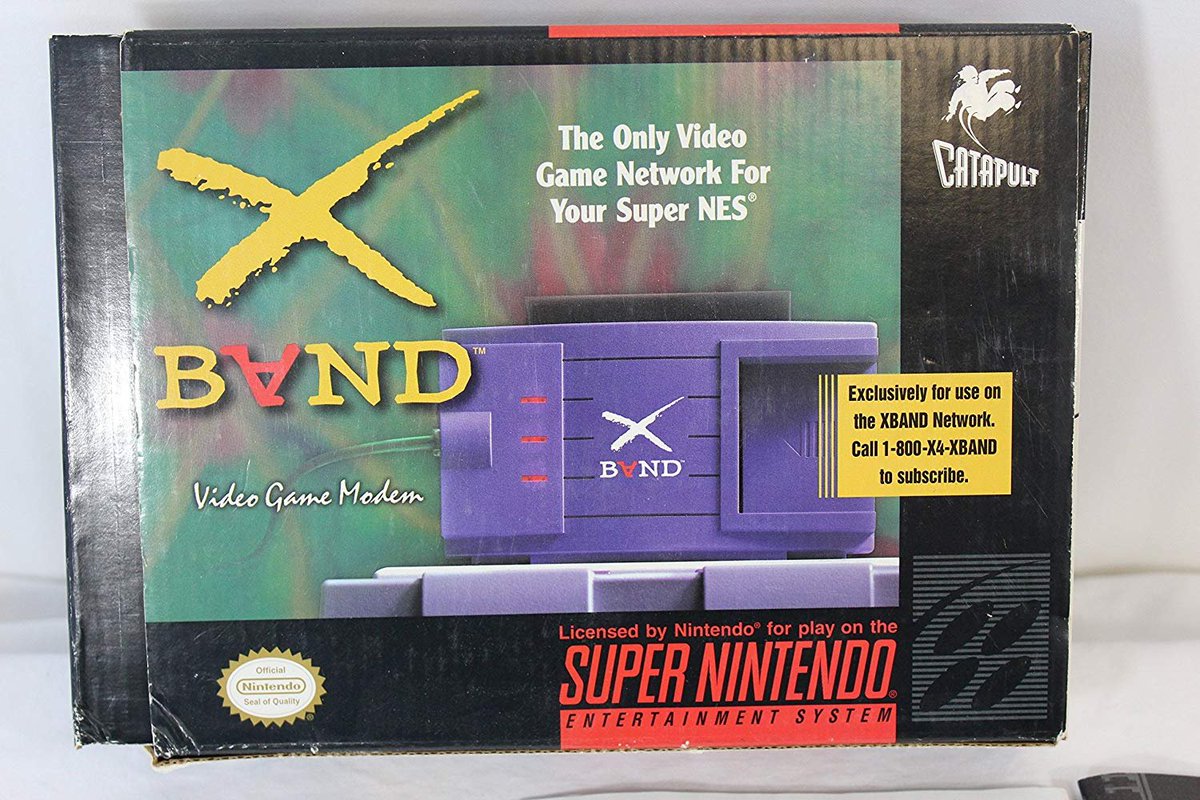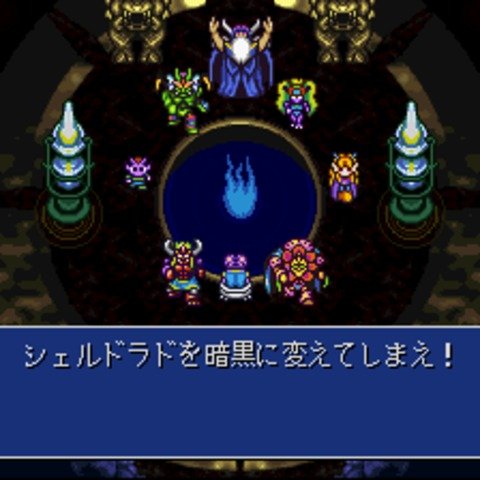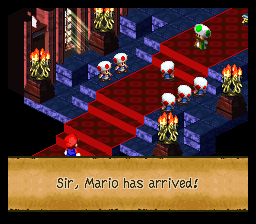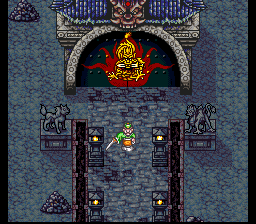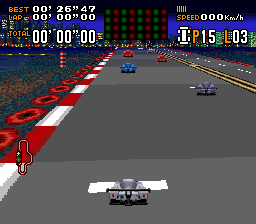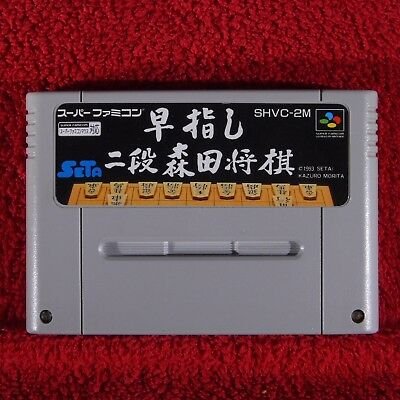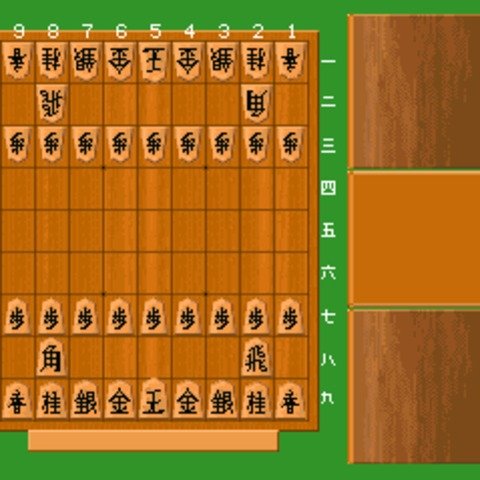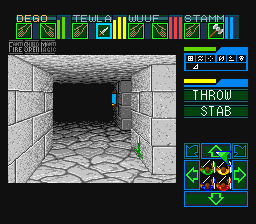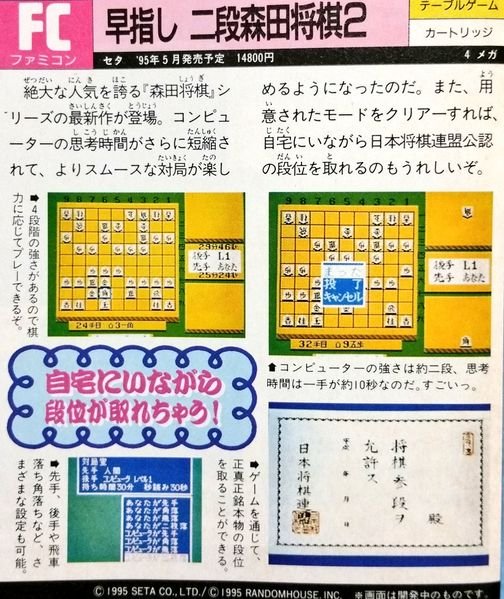So the SNES used a (variant of a) 65C816 CPU, right? A 3.58mhz 16-bit chip, a descendant of the 6502 used in the NES.
But because it& #39;s a cartridge console, carts could contain enhancement chips that added a secondary processor, allowing games to be more powerful.
But because it& #39;s a cartridge console, carts could contain enhancement chips that added a secondary processor, allowing games to be more powerful.
The most well known of which is the SuperFX chip by Argonaut Games. that powered the 3D polygon graphics in Star Fox, as well as was used in Yoshi& #39;s Island for sprite scaling/rotation/stretching.
There& #39;s also the CX4 chip Capcom used in Megaman X2 and X3, which was essentially a math co-processor so they could do trigonometric functions and generate the wireframes that game used.
There& #39;s the DSP-1 through DSP-4 series, using the NEC µPD77C25 chip. This did assorted geometry and math coprocessing, and was used in games like Super Mario Kart, Pilot Wings, Dungeon Master (where it only was used to convert graphics!), and Top Gear 3000.
And one thing you might not really think of as a "enhancement chip" but arguably is one is the Sharp LR35902 in the Super Game Boy adapter, used to play Game Boy games on the SNES.
Rather than try to emulate the Game Boy on the SNES, they just included the CPU in the cart!
Rather than try to emulate the Game Boy on the SNES, they just included the CPU in the cart!
Another "technically, but not really?" chip is the MX15001TFC used in the Nintendo Power cartridges.
This cartridges contained flash memory, and you could take them to a special kiosk and have new games downloaded onto them. The MX15001TFC in the cart managed kiosk-downloading.
This cartridges contained flash memory, and you could take them to a special kiosk and have new games downloaded onto them. The MX15001TFC in the cart managed kiosk-downloading.
The OBC-1 chip was only used in one game, Metal Combat: Falcon& #39;s Revenge, a shooting game that used the Super-Scope add-on.
But now we& #39;re back on chips that don& #39;t really count again, with the Rockwell RC2324DPL.
As you might guess from "Rockwell", it& #39;s a modem!
This was used in the XBAND add-on which let you play multiplayer SNES games over a dial-in network.
As you might guess from "Rockwell", it& #39;s a modem!
This was used in the XBAND add-on which let you play multiplayer SNES games over a dial-in network.
S-DD1 is an interesting chip: It& #39;s a decompression chip, designed so games could pack much more sprite data onto the limited ROM space of a cartridge.
It was used by two games: Star Ocean and Street Figher Alpha 2.
It was used by two games: Star Ocean and Street Figher Alpha 2.
Another used-in-only-one-game chip is the S-RTC, a real time clock used by the Japanese-only RPG.
I& #39;m not sure what it used the clock for, though. Maybe events that happened on certain days, or tamigotchi-like play where you have to play every X days?
I& #39;m not sure what it used the clock for, though. Maybe events that happened on certain days, or tamigotchi-like play where you have to play every X days?
A major chip used by a bunch of games (34 of them, officially) is the SA1. This one is interesting because it& #39;s based on the same core as the SNES itself, just clocked at 10.74mhz instead of 3.58mhz.
It doesn& #39;t replace the main CPU though, the two work together for more speed.
It doesn& #39;t replace the main CPU though, the two work together for more speed.
The Epson SPC7110 was used by a few games by Hudson, and was used for decompressing data.
One of them, Tengai Makyou Zero (Far East of Eden Zero), also contained a real time clock that was hooked up to the SPC7110.
One of them, Tengai Makyou Zero (Far East of Eden Zero), also contained a real time clock that was hooked up to the SPC7110.
But then we come to the last three, the ST series of chips.
There& #39;s three of these, two are similar and one is very different.
All were used by the SETA Corporation, and all used for AI purposes.
There& #39;s three of these, two are similar and one is very different.
All were used by the SETA Corporation, and all used for AI purposes.
The first is the ST-0010, which is an NEC µPD96050 digital signal processor running at 4mhz.
It was used in F1 ROC II: Race of Champions, also known as Exhaust Heat II.
It was used in F1 ROC II: Race of Champions, also known as Exhaust Heat II.
The second is the ST011, which is also a NEC µPD96050.
It was used in Hayazashi Nidan Morita Shogi to make the AI opponents smarter & faster.
(Shogi& #39;s a strategy board game in the same family as chess)
It was used in Hayazashi Nidan Morita Shogi to make the AI opponents smarter & faster.
(Shogi& #39;s a strategy board game in the same family as chess)
And the final and most interesting is the ST018, used in Hayazashi Nidan Morita Shogi 2.
It& #39;s a 32bit 21.47mhz ARM7 processor!
It& #39;s a 32bit 21.47mhz ARM7 processor!
That& #39;s the same CPU core that was used in the Game Boy Advance, SIX YEARS LATER.
And the one in Hayazashi Nidan Morita Shogi 2 is FASTER!
The GBA used a 16.78mhz version of the chip, compared to the 21.47mhz version in Hayazashi Nidan Morita Shogi 2.
And the one in Hayazashi Nidan Morita Shogi 2 is FASTER!
The GBA used a 16.78mhz version of the chip, compared to the 21.47mhz version in Hayazashi Nidan Morita Shogi 2.
ARM, btw, is the processor architecture you have in your phone today (most likely).
It& #39;s kinda taken over the world.
It& #39;s kinda taken over the world.
So yeah, there& #39;s some interesting things here to talk about but I thought I should give an overview of the sorts of chips used before I got to the mindblowing one of ARM FUCKING 7.
And I have to point out Jeremy Parish& #39;s awesome series of Retronauts Video Works, and their recent episode on Pilotwings 64 which mentions this fact: https://www.youtube.com/watch?v=iSDUaqYY6vo">https://www.youtube.com/watch...
It& #39;s interesting that this ever happened, really.
I mean, for some enhancement chips this made some amount of sense, sure: SuperFX and DSP-1 and SA1 got used in a bunch of games, so the development cost could be spread between them
I mean, for some enhancement chips this made some amount of sense, sure: SuperFX and DSP-1 and SA1 got used in a bunch of games, so the development cost could be spread between them
But a bunch of these only got used it one or two games, and I can& #39;t imagine it was cheap to design and manufacture new chips just for one game.
Although I& #39;m sure that wasn& #39;t the plan for most of them.
Although I& #39;m sure that wasn& #39;t the plan for most of them.
Probably a lot of these companies who made a chip for one or two games were hoping they& #39;d be able to resell it to other companies for use in their games, or at least reuse it in other games they made.
The decompression ones especially boggle my mind.
So making an N-megabit chip for a cart is expensive, right? and going up to the next size, an N*2-megabit chip, is more expensive, clearly.
So making an N-megabit chip for a cart is expensive, right? and going up to the next size, an N*2-megabit chip, is more expensive, clearly.
but apparently it was SO EXPENSIVE that designing and including a secondary chip just to do decompression was cheaper than doing the obvious and just going up to a bigger chip?
that seems almost impossible.
But maybe I& #39;m missing something. Maybe they were hitting up against hardware limitations that weren& #39;t easily defeated with using an MMU?
Maybe the decompression chip was off-the-shelf and cheap?
But maybe I& #39;m missing something. Maybe they were hitting up against hardware limitations that weren& #39;t easily defeated with using an MMU?
Maybe the decompression chip was off-the-shelf and cheap?
And one of the ones that seems the most amazing to me, and I want to find more info, is the DSP-2 used only in Dungeon Master.
It& #39;s apparently used to convert Atari ST bitmaps into SNES graphics.
It& #39;s apparently used to convert Atari ST bitmaps into SNES graphics.
That sounds like rather than convert the graphics to SNES format when they were making the game, they left them in Atari ST format and included a co-processor to convert them on the fly?
WHY WOULD YOU DO THIS?
WHY WOULD YOU DO THIS?
Maybe the Atari ST graphics are much better compressed than the SNES ones would be, so it saves ROM space?
But then again, why not just convert them and go up to a bigger ROM chip?
But then again, why not just convert them and go up to a bigger ROM chip?
So I hope to learn more about what& #39;s actually happening here. It seems silly as described.
Anyway, if you want to read more about SNES cart& #39;s companion chips, I& #39;ve talked before about pilotwing& #39;s weirdness from using two different versions of the DSP1: https://twitter.com/Foone/status/1126996260026605568">https://twitter.com/Foone/sta...
And then again later, because Pilotwings got released on Switch: https://twitter.com/Foone/status/1170402462143893505">https://twitter.com/Foone/sta...
And I thought I& #39;d done one about the SuperFX chip, Argonaut, and ARC, but apparently not. (Or if I did, I can& #39;t find it by searching my twitter)
Oh well, lemme stick that on the todo list.
Oh well, lemme stick that on the todo list.
A final fun fact:
Apparently SETA was also planning to release a Famicom port of Hayazashi Nidan Morita Shogi 2.
Judging from the fact they were going to charge 14,800 yen for it, it was probably going to use the same ARM core as the Super Famicom version.
Apparently SETA was also planning to release a Famicom port of Hayazashi Nidan Morita Shogi 2.
Judging from the fact they were going to charge 14,800 yen for it, it was probably going to use the same ARM core as the Super Famicom version.
That release was canceled, but a prototype eventually showed up and was purchased by a collector, but it has never been dumped.
So that& #39;s an 8-bit 6502 processor running at 1.79mhz, with a 32bit co-processor running at 21.67mhz.
wow.
wow.
Quick update with some corrections from @byuu_san, master of emulation:
The ST010 is 11mhz, not 4mhz. (The ST011 is 15mhz)
And the ST018 is probably an ARM6, not an ARM7.
(This one is not 100% certain, though. It& #39;s hard to tell)
The ST010 is 11mhz, not 4mhz. (The ST011 is 15mhz)
And the ST018 is probably an ARM6, not an ARM7.
(This one is not 100% certain, though. It& #39;s hard to tell)
Anyway if you found that interesting, feel free to send me a dollar or two on ko-fi to support my Rambling About Tech: https://ko-fi.com/fooneturing ">https://ko-fi.com/fooneturi...
or set up a monthly Dollar For Rambling About Tech on patreon: https://www.patreon.com/foone ">https://www.patreon.com/foone&quo...

 Read on Twitter
Read on Twitter